A group of wildcats in the Highlands have moved to new enclosures designed to help wildcats explore wild behaviours before their release back into nature.
The Saving Wildcats conservation partnership and the Royal Zoological Society of Scotland have been working to reintroduce the critically endangered species.
The transfer of the wildcats to specifically designed “pre-release” enclosures will help the animals progress back to the wild from being bred within the Highland Wildlife Park.
A site located deep within the Cairngorms National Park has been chosen for the wildcat release this June, where keepers will release around 20 wildcats of 10 pairs.
Due to being bred in captivity, the wildcats lack some wild behaviours and instincts that would allow them to survive in the wild.
These include hunting, foraging and climbing, which are encouraged in these new larger enclosures to prepare the cats for the “challenges of life in the wild”.
‘Exciting’ step in reintroducing Scottish wildcats back into nature
The enclosures are away from visitor areas of the park to help wildcats develop natural instincts away from humans and disturbance.
To further prevent human interference, CCTV cameras have been installed for keepers to monitor the cat’s behaviours to asses their progress.
Normally solitary animals, the cats are of a similar age as those living in the wild when they move away from their parents.
David Barclay, Saving Wildcats offsite conservation manager, said: “It is fantastic to have passed this critical milestone in the project and exciting to take another important step forward in the plans to release wildcats this year.
“The journey to restore a viable wildcat population in Scotland is just beginning and we are incredibly grateful for the efforts of our team members, partners and supporters whose expertise has been crucial to reaching this point.”
This is the first release of wildcats planned over the coming years, with a second release planned for next year.
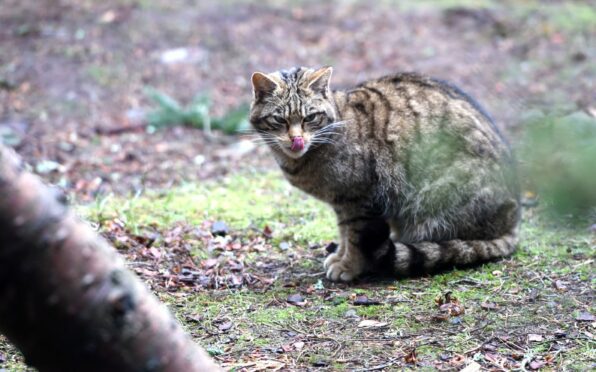
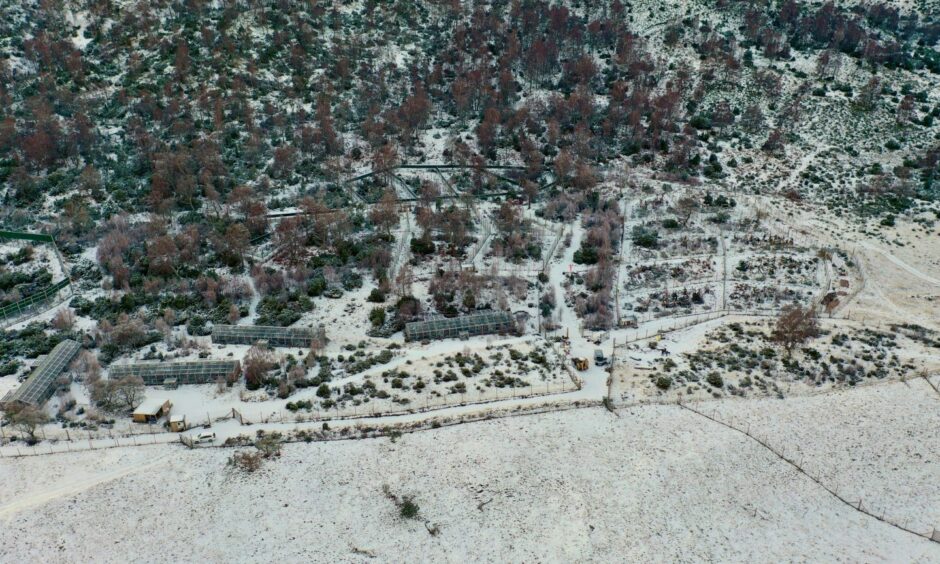


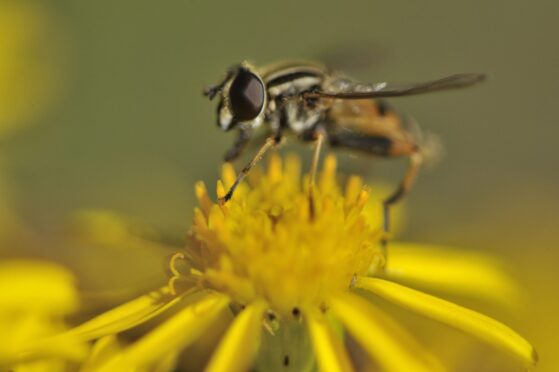
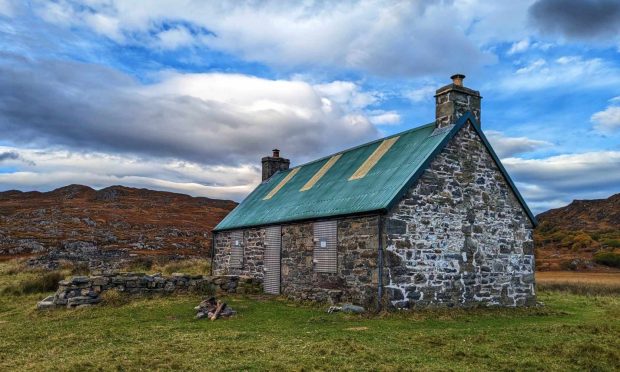

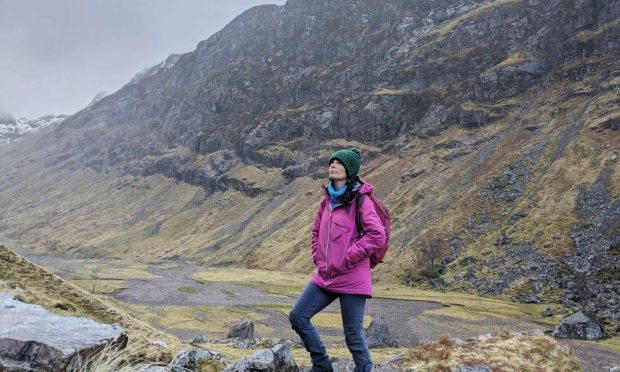
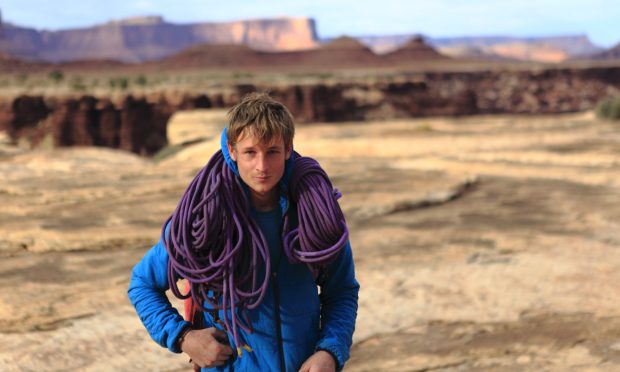

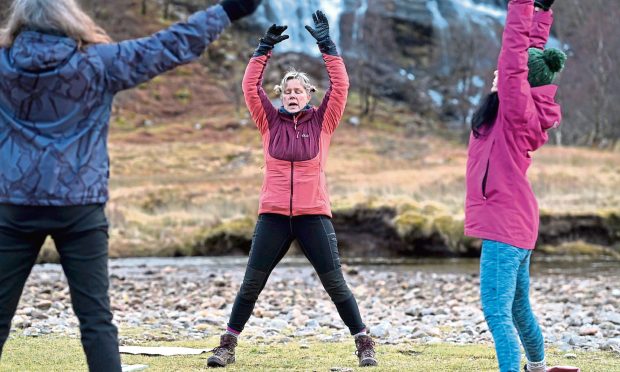

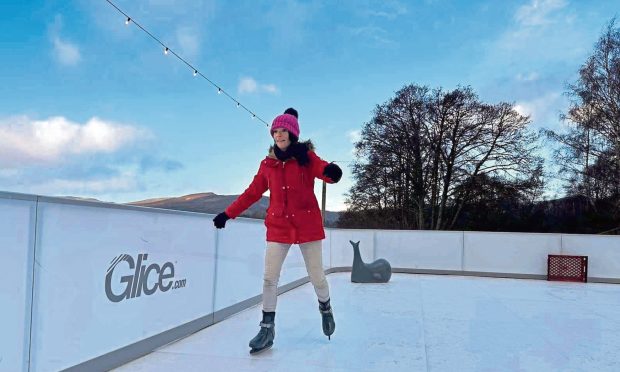
Conversation